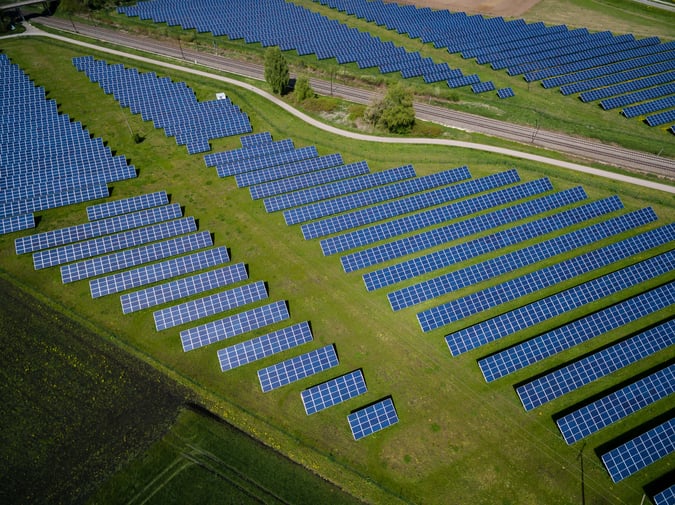In the past two months, we have attended the AESP, Distributech, AEEEast and NESEA conferences and kept up with all of our GreenTech Media and Utility Dive readings and podcasts. Having been devotees of these industry staples for years, we have noticed a trend that causes us to ask, “Where did energy efficiency go?”
Add to that: this past week, we've been attending many of the smart-home sessions at the National Home Performance Conference and Trade Show in Chicago. We're seeing firsthand as the conversation shifts from traditional energy efficiency toward technology-enabled demand management. We are learning about new technology solutions, grid impacts, but it feels as though there are not too many people here talking about how to strategically communicate these changes to customers.
Energy efficiency (EE) has been the bedrock of many DOE, utility and state programs for years. We have been strategically communicating to large and small energy consumers for decades about how to save energy, how to save money and how to improve comfort in their homes and buildings through energy efficiency. We’re pretty sure—and at the very least hopeful—that consumers get it by now.
If they do, that means the low-hanging fruit is gone. The needs of utilities are changing, and we all need to adapt. No longer is EE the goal. Today, it’s demand management. Obviously, demand management has been around for as long as KSV has existed, but we are seeing its evolution as it replaces EE in terms of priority and grid impact.
Why, you ask?
Load growth has slowed down (thanks in large part to energy efficiency), but peaks have become steeper. The rise of renewables (i.e., duck curves), heat pumps and electric vehicles is making the electric grid more susceptible to spikes, which means utilities and grid operators need more mechanisms to manage the peaks.

What does this mean for customers?
EE improvements (insulation, heating systems, LED lighting) require an up-front purchase and installation by a utility customer. Once that purchase and installation process is completed, in theory savings will persist with no additional effort. In the profound words of the Ronco Rotisserie Oven, “set it and forget it.” In these scenarios, the job of a traditional energy marketer is done. It’s a one-way transactional marketing journey for the utility and the customer.
If you’ve been reading EnergyWire for any length of time, however, you know that customers expect much more from their utilities in 2019. One-way conversations and single-stop interactions aren’t going to cut it.
Simultaneously, as the need grows for demand management, the need for more sophisticated customer communications is rapidly rising. Demand management asks customers to be more engaged in their energy usage and may require them to make changes throughout their day. They will have to alter their habits, be flexible and adaptable, and engage with a new class of “smart” appliances and systems.
Not only are the communication requirements different for demand management, they are also different among audiences. Smartphone-savvy millennials will need different communications than households with two working parents, which have different needs than facility engineers. Yet communicating and driving action within all these user segments is critical to an effective demand management plan.
Effectively motivating a customer base that typically thinks about their energy use eight minutes per year is going to take a lot of work. Here are four tips for preparing customers for the transition to demand management:
- Start early: Begin building two-way relationships with your customers so they will trust you more. It will take time to educate and grow awareness of the coming changes, and the sooner you can start building a stronger customer relationship, the better.
- Create the right consumer signals: Consumers respond to rewards, to gamification, to community engagement, to influencers. Most importantly, they respond to authentic communication! Make sure these are elements of your strategic communication and implementation plans.
- Offer clear messaging across all channels: Customers do not always understand the difference between a kW and a kWh. Do they need to? Share the goals and the needed actions for effective demand management in terms that they understand, when they are likely to retain them.
- Evolve delivery channels: Billboards and TV ads may not hit your customers at the time of needed action. Communication needs to be digital, across all platforms and devices.
If you are ready to start prepping your customers for the end of EE, give us a call. We have a plan to transition them to the exciting world of demand management!
